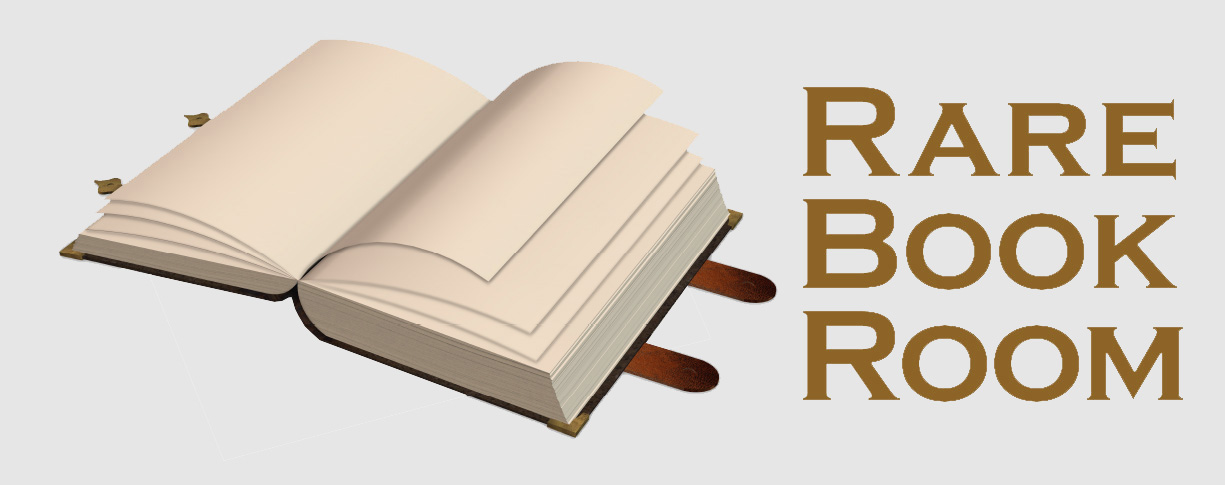|
The "Rare Book Room" site has been constructed as an educational site intended to allow the visitor to examine and read some of the great books of the world.
Over the last decade, a company called "Octavo" digitally photographed some of the world ’s great books from some of the greatest libraries. These books were photographed at very high resolution (in some cases at over 200 megabytes per page).
This site contains all of the books (about 400) that have been digitized to date. These range over a wide variety of topics and rarity. The books are presented so that the viewer can examine all the pages in medium to medium-high resolution.
Some highlights of the site are:
|
|
|
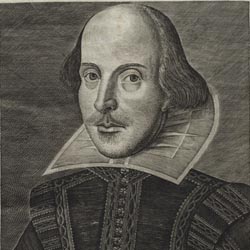 |
|
|
|
|
|
This section contains the 1733 through 1758 issues of Franklin's Poor Richard’s Almanac omitting only the 1735 and 1749 issues.The original issues of Poor Richard’s Almanac are much the best way of enjoying the most entertaining of the Founding Fathers.
Also included in this section is Franklin's Experiments and Observations on Electricity. One of the most important scientific treatises of the eighteenth century.
|
|
 |
|
 |
|
|
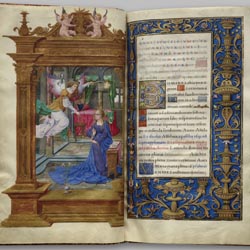 |
Books of hours are the most common of medieval and Renaissance illuminated manuscripts — the family copy was generally the text from which medieval children were first taught to read. But volumes of such exceptional quality as this one from the Lessing J. Rosenwald Collection at the Library of Congress are rare. Its most attractive aspect is its superb illumination — forty-two tiny paintings of dazzling virtuosity, manufactured with astonishing dexterity; nothing is neglected, from pebbles in the dusty foreground to glimpses of fantastic buildings in the furthest distance.
|
|
|
|
|
Galileo
Sidereus nuncius -"Starry messenger"
Galileo fashioned a twenty-powered telescope and with it undertook to observe the Moon. With this device he quickly discovered that its surface was rugged and mountainous rather than uniformly perfect as was thought at the time. He later noticed what appeared to be three bright little “stars” on a straight line near Jupiter. Gradually, he discovered that these were not fixed stars but rather moons of Jupiter. Galileo recognized that this latter fact was more important than his observations of the Moon.
|
|
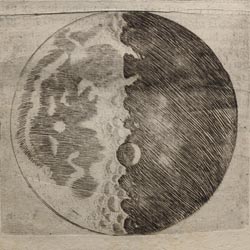 |
|
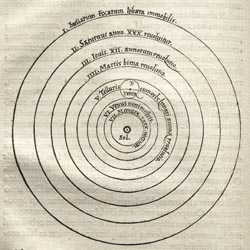 |
|
|
|
Copernicus
De revolutionibus orbium coelestium, libri VI
Published in 1543, De revolutionibus gave a momentous new blueprint for the planetary system. The earth, instead of resting solidly in the center of the cosmos, was set awhirl, spinning on its axis every twenty-four hours and revolving around a distant, fixed sun.
|
|
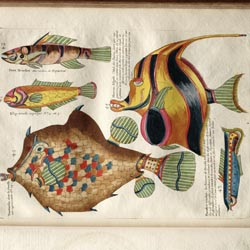 |
Louis Renard
Poissons, ecrevisses et crabes, de diverses couleurs et figures
extraordinaires
In 100 plates containing 460 brilliantly colored engravings that represent a dazzling multitude of fishes, along with crustaceans, grasshoppers, a dugong, and a mermaid, Louis Renard’s Fishes, crayfishes and crabs, of diverse coloration and extraordinary form displays the most fantastic evocation of exotic aquatic life ever produced.
|
|
|
|
This site will be updated regularly.
If you have questions, comments, problems or are interested in high resolution images, then please contact: curator@rarebookroom.org
|
|
|
|
|
|
|
|
|
|
|
